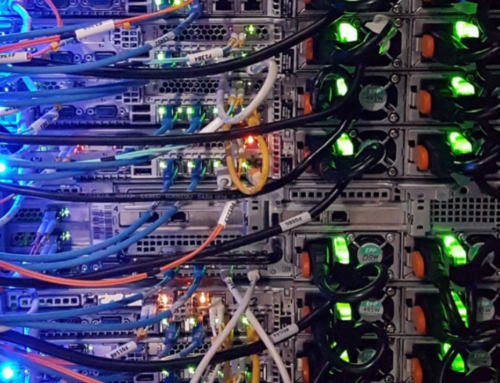Edge data centers are smaller, regional deployments, branched out from larger more centralized data centers, that are designed to meet the connectivity and latency demands of local customers.
While data centers are designed to deliver information quickly to users, latency can sometimes disrupt how quickly users can access that information. This can lead to frustration on the part of the end-user and unhappy customers for data center operators. Edge data centers help to bridge the gap between the user and the main data center. But what exactly makes for successful edge data centers? Let’s dive into these components.
Proximity
As we mentioned, one of the key components of successful edge data centers is their proximity to end users. By strategically placing data centers close to where data is generated and consumed, businesses can reduce latency and improve response times.
Choosing the right location for your edge data centers is crucial in ensuring optimal performance and user experience. Population density, network connectivity, and regulatory considerations are just a few factors that play a role in determining the ideal locations for your edge computing facilities. Businesses can identify the most suitable locations for edge data centers by analyzing user traffic patterns and geographical distribution.
Connectivity
Another key component of a successful edge data center service is robust connectivity and network infrastructure. By building a resilient network infrastructure, businesses can minimize downtime and latency issues that may impact the user experience.
An edge data center must be interconnected with multiple network providers and have sufficient bandwidth to handle peak traffic loads. By optimizing network connectivity, businesses can deliver reliable and responsive services to their customers.
Efficient Power and Cooling Systems
Data centers require reliable power sources and advanced cooling technologies to maintain optimal operating conditions and prevent equipment failure. An edge data center consumes a significant amount of energy due to the high-density computing equipment and cooling systems it houses. Implementing energy-efficient solutions such as smart cooling systems and hot aisle containment can help reduce operational costs and minimize environmental impact.
By investing in energy-efficient infrastructure and adopting sustainable practices, businesses can lower their carbon footprint and improve overall efficiency. Proper power and cooling management is essential for ensuring the long-term sustainability and performance of these facilities.
LDP Associates has all the data center expertise you need to keep your edge data centers running as efficiently as possible. From uninterruptible power supply systems and cooling systems to data center management software to keep an eye on your entire center, we have got you covered. Reach out to LDP Associates today for more information about our data center products and how we can help you run your edge data center more efficiently!
Posted 5/24/24






